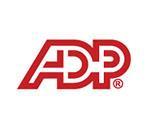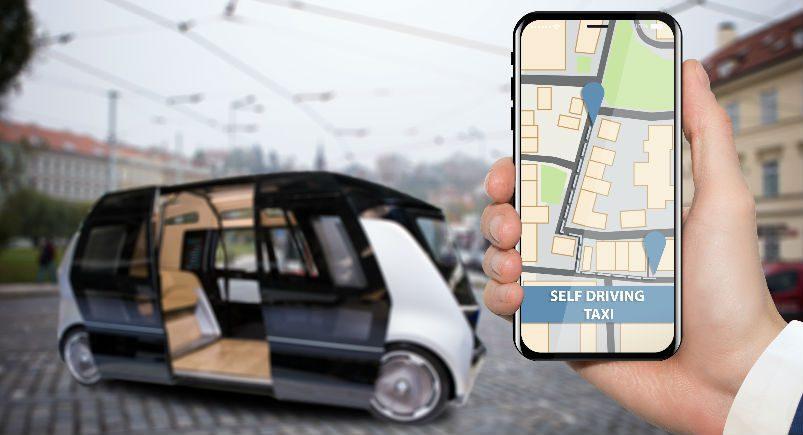
Last week, we discussed a new way that automation is beginning to make its way into the field service workforce. While the landscaping example we spoke of is still in its infantile stages, it's no secret that much larger strides have been made in the world of vehicle automation. But just how soon should we expect that autonomous vehicles will become the norm on the open road?
According to findings by Statista, there will be significant growth in the next 10 years, but it may not be to the extent that many thought it would be. They estimate that just 1 in 10 vehicles will be self-driving by the year 2030. While that is a relatively large jump, considering the speed that new technologies are adopted today, it's a modest increase.
What is curtailing a faster growth? Well, for one thing, manufacturers' projected ability to scale up production on new vehicles. For another — and this may be the biggest reason — more than 70 percent of all consumers believe that these types of vehicles are vulnerable to hacker attacks, making them hesitant to make the switch.
That being said, you may be surprised to learn that the industry most likely to embrace autonomous vehicles over any other is the taxi industry. Its market-size projection for 2030 is at an astounding $1.2 trillion worldwide.
But just because the general public may not be fully on board with the idea, that doesn't mean this technology will necessarily stay too far removed from implementation within various other industries. Just this week, Royal Truck & Equipment Inc. announced that it will begin testing out its Autonomous Truck Mounted Attenuator (ATMA). The test will take place along a 5-mile stretch of highway in Florida with the robotic truck following a human-driven lead truck. The lead vehicle will transmit GPS data to the ATMA to help guide it, while the ATMA will serve as a protective buffer in the event any vehicle inadvertently drifts into the work zone.
The demonstration — if proven to be successful — will certainly be an indication of changes to come in the field maintenance industry. How drastic and rapid will those changes be? That is yet to be seen. But the general consensus still remains: While autonomous vehicles are bound to make certain jobs obsolete, they won't be destroying industries. Rather, they will be forcing a shift in responsibilities and will actually create jobs. And, as is the case in the aforementioned demonstration, they will simply exist to protect the necessary human counterparts from accidents.
Autonomy is an inevitable change that we won't be able to escape. (And that we frankly shouldn't be trying to escape.) We just have to make sure we're flexible enough to adapt and evolve alongside technology.
Have any questions on how Actsoft can help you?
Share this post:
About the author : Joshua Pramis
Joshua Pramis is a writer and editor with an affinity for all things travel, tech, and food. His work has appeared on Travel + Leisure, Conde Nast Traveler, Digital Trends, and the Daily Meal, among other outlets. When he's not at home canoodling with his cats (which is typical), you'll find him running races, exploring new locales, and trying out different food venues in St Petersburg, Florida.
















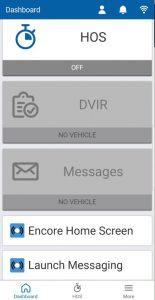
 Encore & Geotab Drive
Encore & Geotab Drive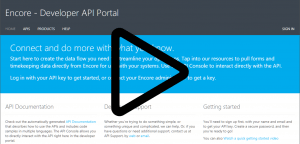
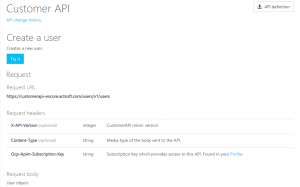
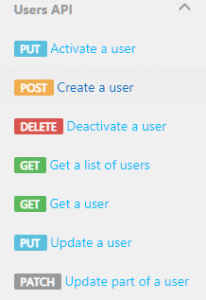

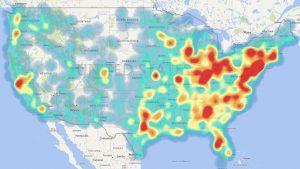
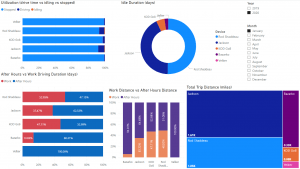
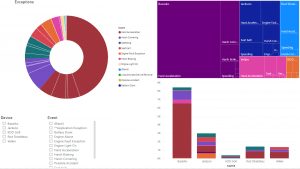



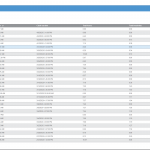
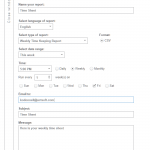


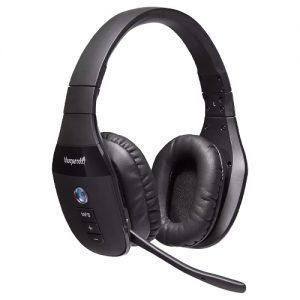
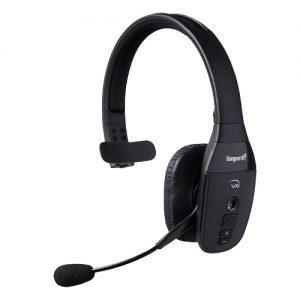


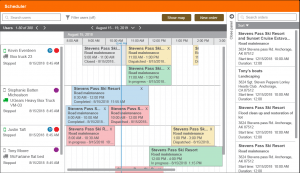
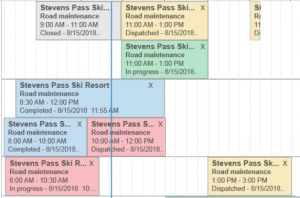



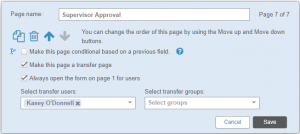
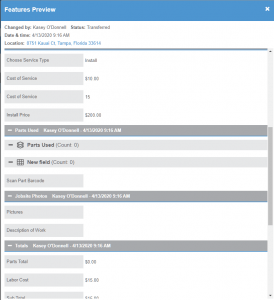

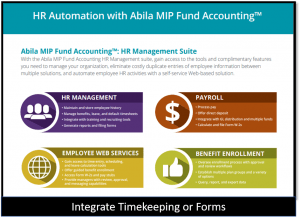
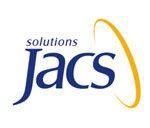
 Gain even greater insight into the daily activities of your fleet using the combination of Geotab and Actsoft. Geotab devices provide detailed data collection and seamless integration with our solutions; learn more about the ways your vehicles are being used daily with the power of this tandem.
Gain even greater insight into the daily activities of your fleet using the combination of Geotab and Actsoft. Geotab devices provide detailed data collection and seamless integration with our solutions; learn more about the ways your vehicles are being used daily with the power of this tandem.
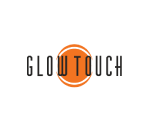


 Actsoft partnered with Odin to provide our solutions overseas, through payment processing integrations. Odin helps us support user management for our software; customers can also purchase our products through Odin’s billing platform.
Actsoft partnered with Odin to provide our solutions overseas, through payment processing integrations. Odin helps us support user management for our software; customers can also purchase our products through Odin’s billing platform.

 VisTracks powers our Electronic Logging Device (ELD) solution, which enables transportation businesses to easily automate their hours of service logs, remain in governmental compliance, and reduce their potential to incur costly fines.
VisTracks powers our Electronic Logging Device (ELD) solution, which enables transportation businesses to easily automate their hours of service logs, remain in governmental compliance, and reduce their potential to incur costly fines. Integration between Actsoft solutions and BeWhere’s software products is available. Take your team’s asset tracking, cellular data connectivity, and field insight a step further with effective, cross-application compatibility.
Integration between Actsoft solutions and BeWhere’s software products is available. Take your team’s asset tracking, cellular data connectivity, and field insight a step further with effective, cross-application compatibility.
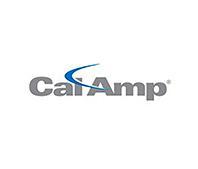 CalAmp tracking devices for vehicles and assets alike are compatible with Actsoft solutions, making it easy for you to efficiently monitor your equipment and fleet cars. Help your team enhance accountability, safety, and savings through a combination of easily installed hardware and intuitive software.
CalAmp tracking devices for vehicles and assets alike are compatible with Actsoft solutions, making it easy for you to efficiently monitor your equipment and fleet cars. Help your team enhance accountability, safety, and savings through a combination of easily installed hardware and intuitive software. Our partnership with Uniden is ideal for companies looking to gain advanced diagnostics on their fleets. Uniden’s extensive product listing of car electronics like radios, dash cams, radar detectors, and in-vehicle communicators work in concert with Actsoft’s solutions to better connect your vehicles to the company headquarters.
Our partnership with Uniden is ideal for companies looking to gain advanced diagnostics on their fleets. Uniden’s extensive product listing of car electronics like radios, dash cams, radar detectors, and in-vehicle communicators work in concert with Actsoft’s solutions to better connect your vehicles to the company headquarters.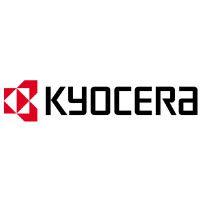 Kyocera offers a wide range of mobile devices, ranging in design from traditional phones to ultra-durable handset technology. Actsoft is able to equip organizations in a variety of different industries with solutions for improved business, while Kyocera supplies the technology they can flawlessly operate on.
Kyocera offers a wide range of mobile devices, ranging in design from traditional phones to ultra-durable handset technology. Actsoft is able to equip organizations in a variety of different industries with solutions for improved business, while Kyocera supplies the technology they can flawlessly operate on.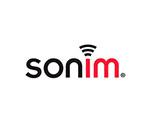

 Our software is the perfect complement to Apple’s user-friendly technology. Equip your workforce with the devices and solutions it needs for optimized productivity during daily operations with Apple and Actsoft.
Our software is the perfect complement to Apple’s user-friendly technology. Equip your workforce with the devices and solutions it needs for optimized productivity during daily operations with Apple and Actsoft.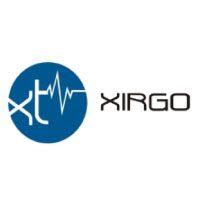
 Actsoft and Sanyo teamed up to merge intuitive business management software with the technology of today. This partnership allows us to provide you with all the tools your team needs for improved workflows, better coordination, and optimized productivity.
Actsoft and Sanyo teamed up to merge intuitive business management software with the technology of today. This partnership allows us to provide you with all the tools your team needs for improved workflows, better coordination, and optimized productivity. Motorola’s mobile technology works in tandem with our solutions to provide extra versatility to your business practices. Coupled with our software’s features, Motorola’s reliable devices make connecting your workforce simpler than ever to do.
Motorola’s mobile technology works in tandem with our solutions to provide extra versatility to your business practices. Coupled with our software’s features, Motorola’s reliable devices make connecting your workforce simpler than ever to do.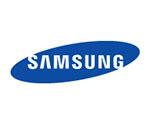 We’re able to bundle certain solutions of ours (including our Electronic Visit Verification options) with Samsung devices to help your team achieve as much functionality as possible, while keeping rates affordable. Use these combinations for accurate recordkeeping, improved communication, and smarter data collection in the field.
We’re able to bundle certain solutions of ours (including our Electronic Visit Verification options) with Samsung devices to help your team achieve as much functionality as possible, while keeping rates affordable. Use these combinations for accurate recordkeeping, improved communication, and smarter data collection in the field.